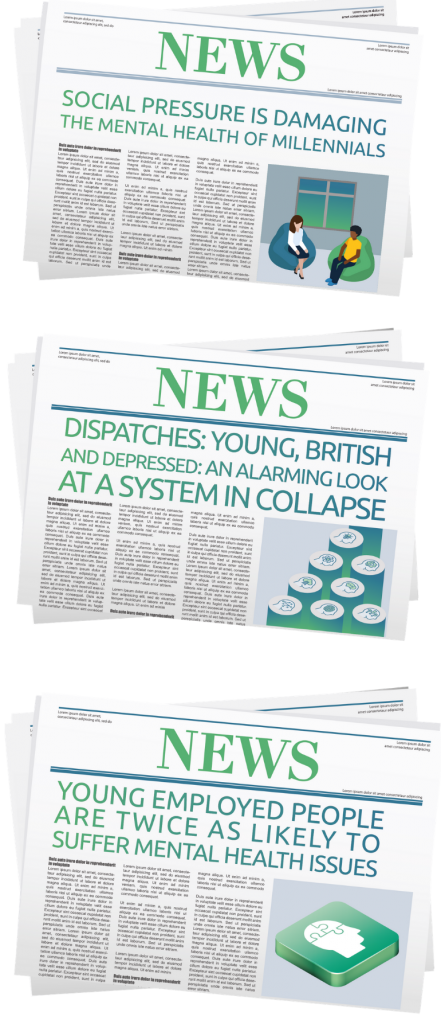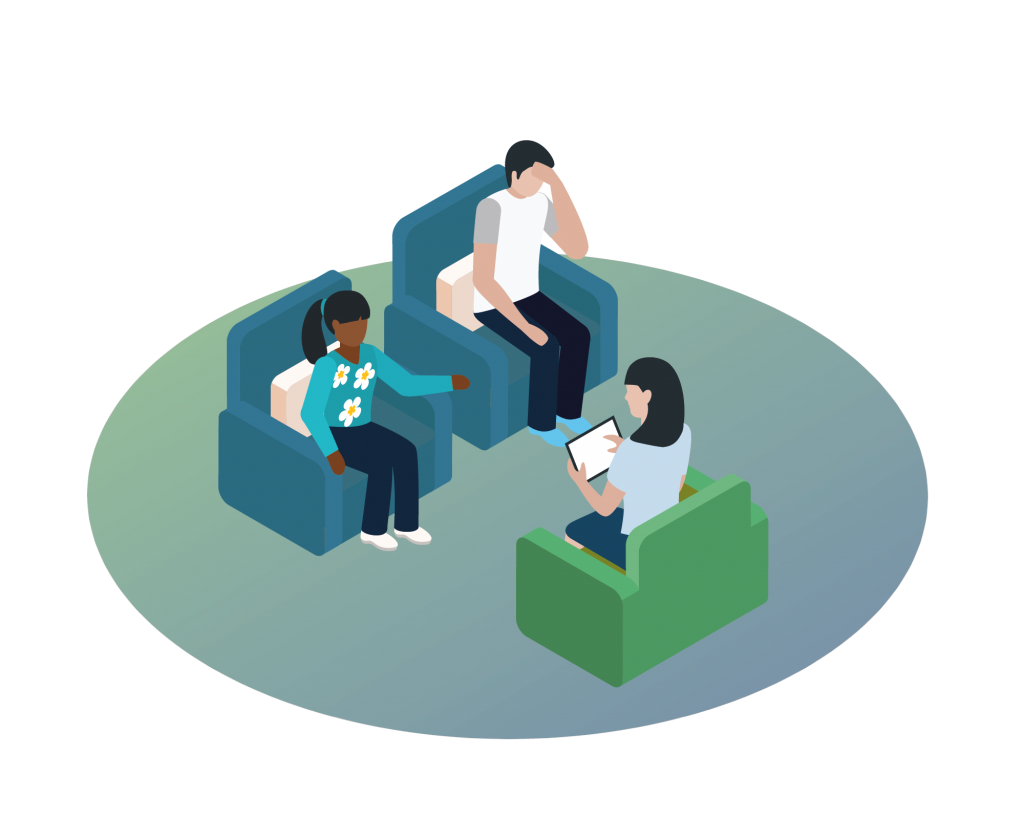Wellbeing in the community: local community hubs

 Last year, a series of hard-hitting headlines painted a grim picture of mental ill health in the UK.
Last year, a series of hard-hitting headlines painted a grim picture of mental ill health in the UK.
“Social pressure is damaging the mental health of millennials”
“Young employed people are twice as likely to suffer mental health issues”
“Dispatches: Young, British and Depressed: an alarming look at a system in collapse”
Young people in particular were said to be afflicted by an epidemic of loneliness, anxiety, depression and stress. Cash-strapped authorities, including the NHS, universities and councils, were left struggling to cope.
In 2020, the problems show no sign of abating. But one thing that is giving hope to people working in the fields of mental health and wellbeing is the increasing awareness of the power of collaboration between agencies.
As budgets dwindle further, could some of the answers to our national mental health crisis lie in bringing services from different agencies together in community hubs?
A focal point for the community
In Llanederyn, Cardiff, construction work will begin in the summer on a new community facility. Set to open in 2022, the Wellbeing Hub is funded by £13m from the Welsh Government.
As well as providing a new home for the Llanederyn Health Centre and GP practice, the hub will offer specialised clinics including counselling, mental health services and support for children and young people. It will also include an advice area, where health, local authority and third sector groups can provide information and services on education, health and other matters.
It will also include an advice area, where health, local authority and third sector groups can provide information and services on education, health and other matters.
An existing multi-use games area will be replaced with a facility nearby, while the current community cafe will be incorporated. Community groups will also be able to use rooms in the building.
As Abigail Harris of Cardiff and Vale University Health Board says: “We know citizens don’t see the dividing line between organisations so to provide a one-stop shop for access to care and wellbeing service just makes sense.”
Different types of community hubs
The Llanederyn initiative is a classic public sector-run hub, aiming to bring services together under one roof and encourage more integrated ways of working.
It has involved local residents in its design and hopes to perform an important social function by bringing the community together in a safe space.
A second model of community hub is even more community focused. This type is run by community organisations, with local people actively involved. Activities and services may be run by either paid staff or volunteers.
Such hubs trace their roots back to churches, mutual aid and friendly societies, and other community initiatives. Updated for the modern age, they can continue to channel this spirit into tackling problems including social isolation and mental ill health.
Fears that community-led hubs lack governance and financial skills are allayed by research which shows that not only do they generally manage funds successfully, but they’re also adapting and surviving in tough times.
Community hubs can serve several issues
One local authority which sees the value in community hubs is West Sussex County Council. Its Worthing hub is due to open in August 2020, bringing together the library and those services currently run from children and family centres.
Registration services are also included, and there could be some public health provision in the future.
Meanwhile, in West Yorkshire, the Halifax Opportunities Trust is a Social Action Hub that offers support for the unemployed to get back to work, apprenticeship opportunities for people to up-skill, community organisation training, and ESOL classes to promote integration.
Its Staying Well initiative tackles social isolation, helping adults to access social activities and health and wellbeing services.
Stronger together
Local authorities are under increasing pressure to improve the efficiency of customer interactions.

Yet they must also serve sections of the population who need more time and greater personal attention. For such people, who often have complex needs, a single appointment with one service area seldom provides all the help required.
Community hubs provide a broad model for the provision of this multi-agency long-term support.
By combining health services, charities and local businesses to maximum effect, they can make a tangible difference to mental health and wellbeing in communities around the country.







